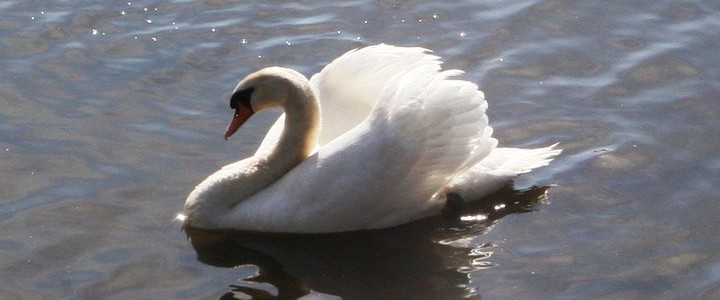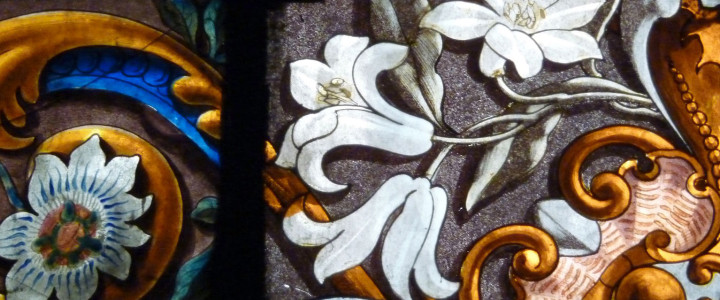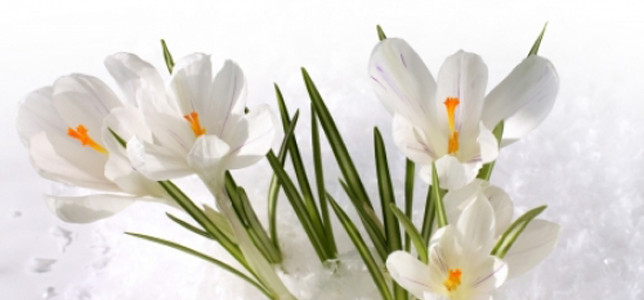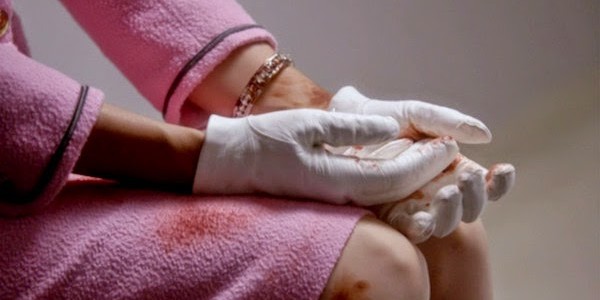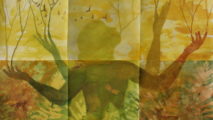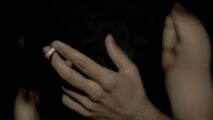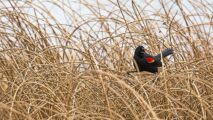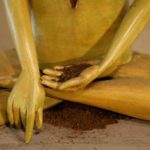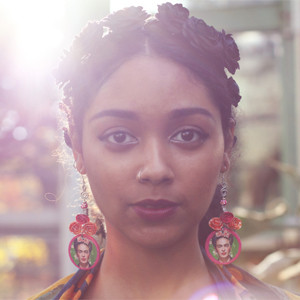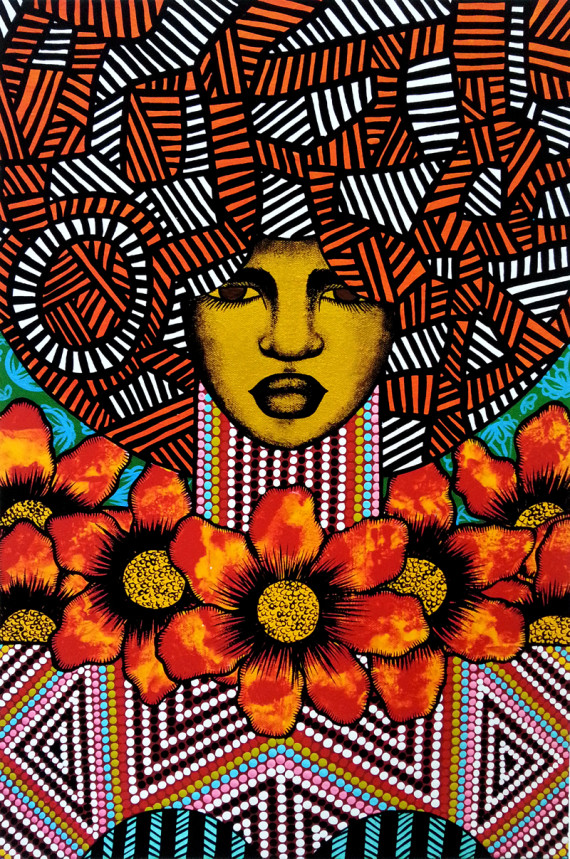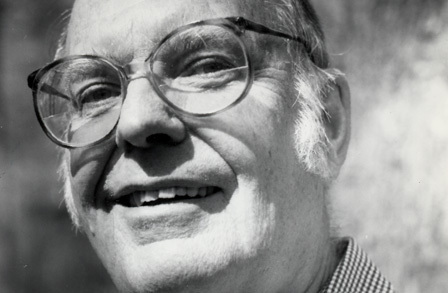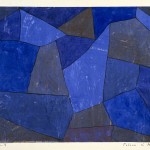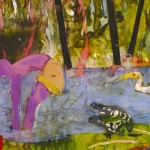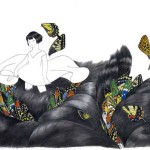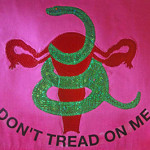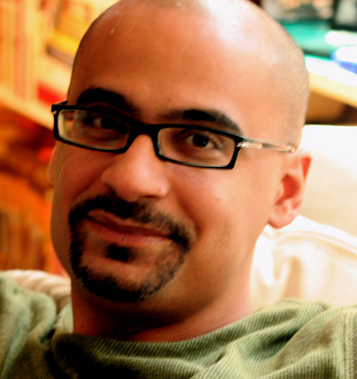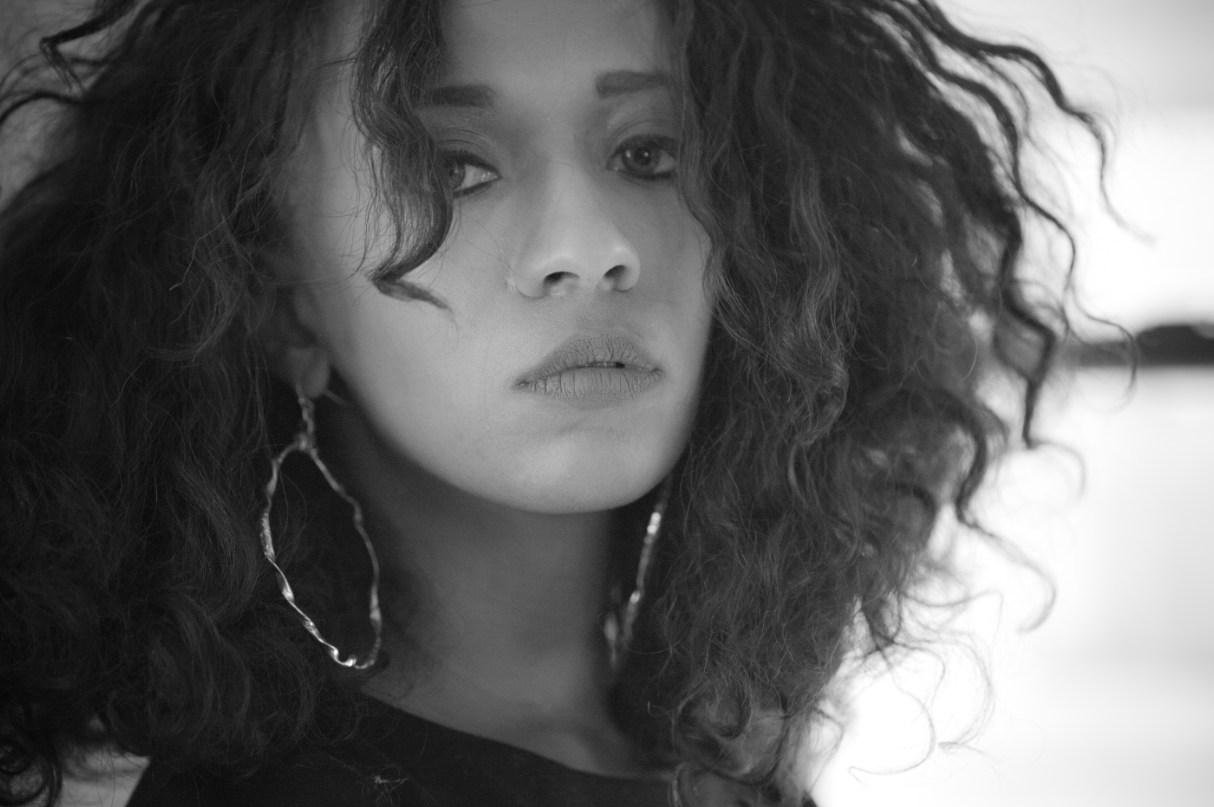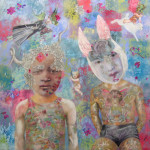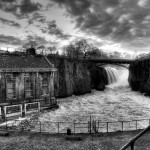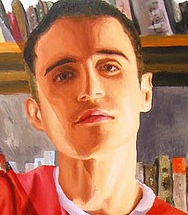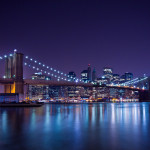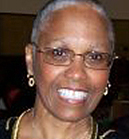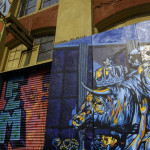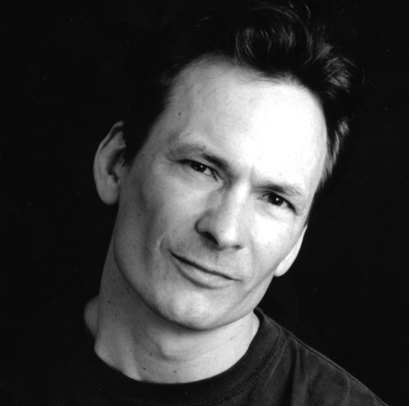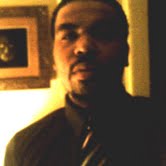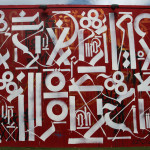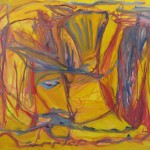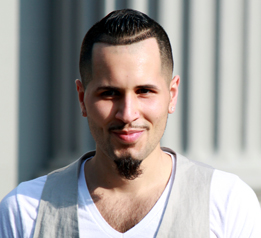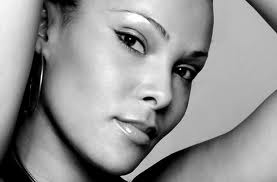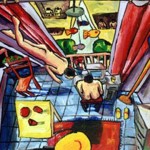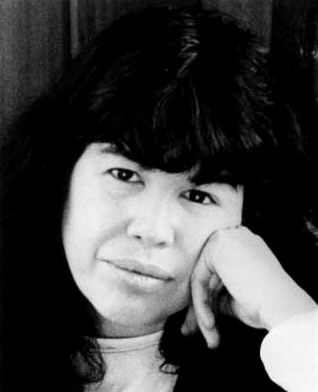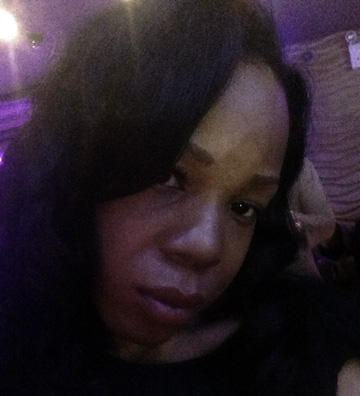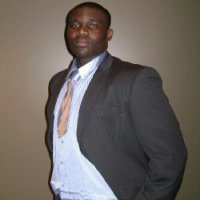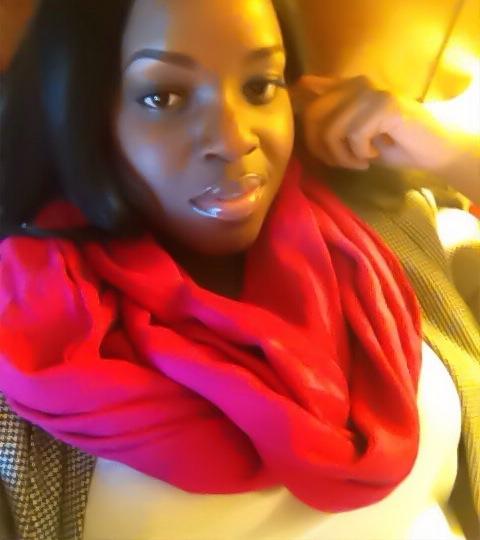Sometimes little girls go topless in the warmth of the summer afternoon sun. There was no sense of embarrassment brought on by exposing our bare flat chests. Traffic didn’t stop, no one whistled and life went on in an ordinary manner.
Then one day my breasts began to bloom. Although hardly noticeable, it was sufficient for acknowledgment by the elder women. I was excited to be getting my first training bra with the tiny, pink bow demarcating the middle of my chest until I realized that it meant I would have to wear it every day. Still, it signified that I was catching up to the older girls.
Like a bride, I waited to be swept across the threshold. Childhood was on one side. What I imagined to be on the other would prove to be quite different than the fairy tales I grew up on. I hesitated teetering in the gateway. Some days I took a step forward only to jump back and land on the other side. Many of my friends whizzed past me; a few straggled and then, stood their ground. I chose to move forward but I left the door open—just in case.
As I grew, I graduated from the flat piece of cotton material that ensured that my little buds would be hidden from society to a more form shaped apparatus. My new triple A bra had two distinct sides—cups as they are called. Other girls developed faster. Their breasts blossomed quickly, some becoming large coconuts; mine remained sweet peas. Although at times I was embarrassed by this fact, I never resorted to padding my bra with tissues, at least not in public.
Eventually my sweet peas flowered into an A cup and at some point a B cup. I was not destined to be a Dolly Parton look alike. Still, I became part of the world that compelled breasts to be confined. Different strait jackets were required at various times: regular bras for everyday use, sports bras to keep those puppies from bouncing, underwire bras to push up against gravity, cross your heart bras to lift and separate—there goes the cleavage, strapless bras to assist in holding up strapless dresses, nursing bras for easy access. I can’t leave out all the bras invented to accentuate female sexuality: corsets with or without garter belts, black lace or fishnet bras, cups with circles cut out to expose the nipple bras. The list goes on.
I never questioned this imposed constriction on my body until I went to college and enrolled in a feminist movement class. I learned about women burning their bras. The impact of the phrase on the women’s movement-Burn Your Bra-opened a Pandora’s Box. It seemed like such a simple yet novel idea. Could I really allow my breasts to brush loose against the inside of a white cotton t, fall and settle gracefully at will or feel their rhythmic movement? What about me? What other constrictions do I need to set myself free from? My breasts would not be silenced. They had a voice and spoke to me, “Find a way to set yourself free!”
Cynthia A. DiTaranto is the author of two self published, color illustrated children’s books with Trafford Publishing and hase written for various goat journals. She is seeking representation for her novel StrongHold. She is also a member of Women Who Write in New Jersey and holds a B.A. in Sociology and an M.A.T.
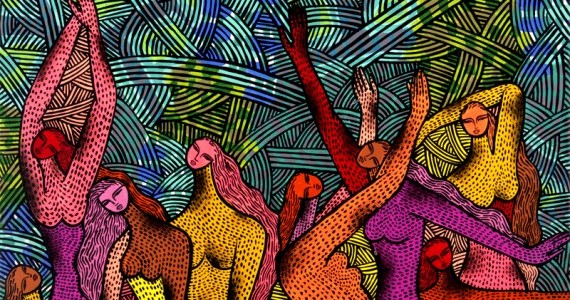
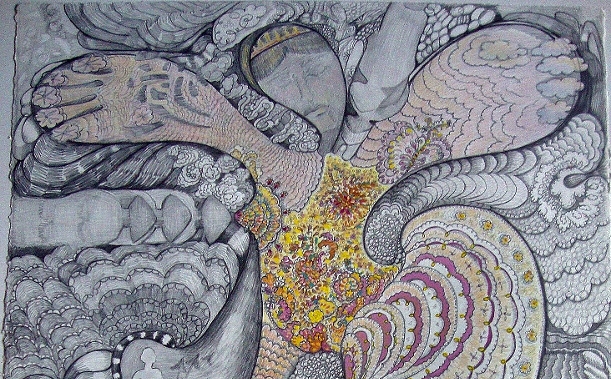
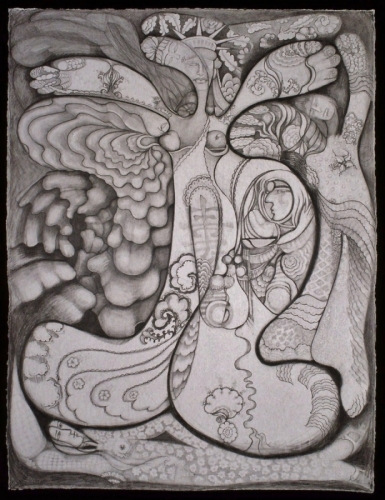
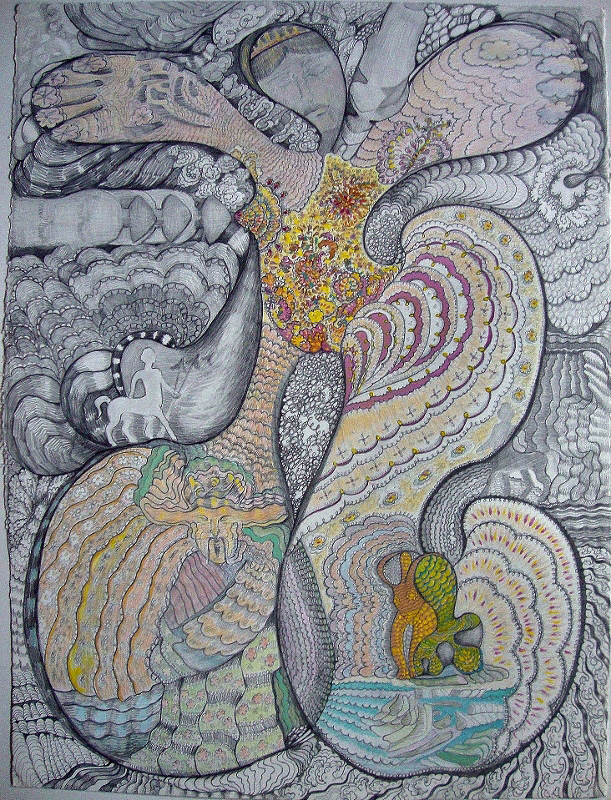
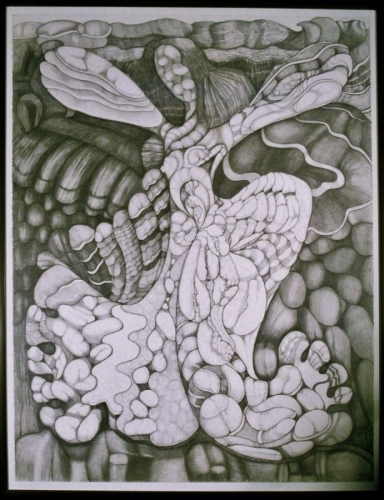
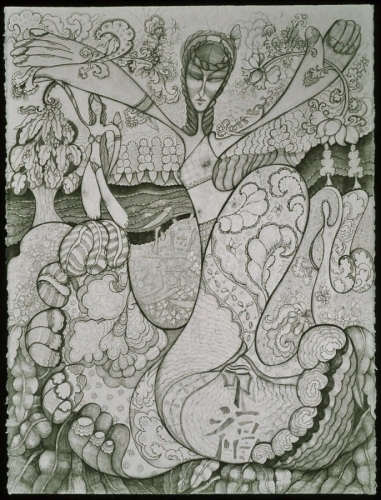
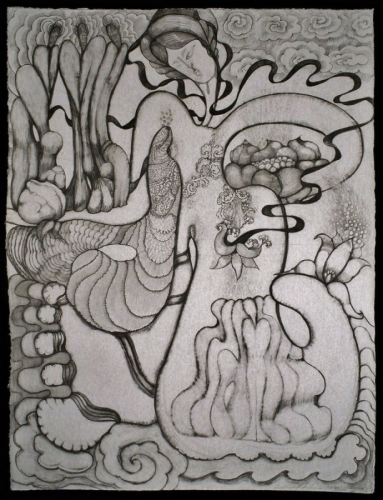
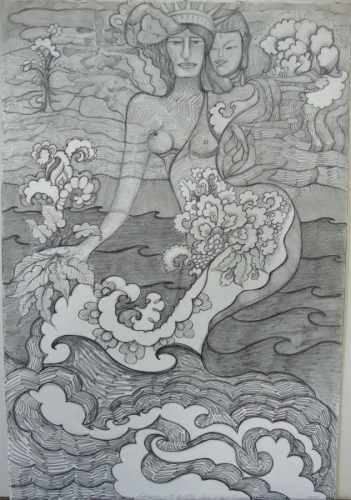
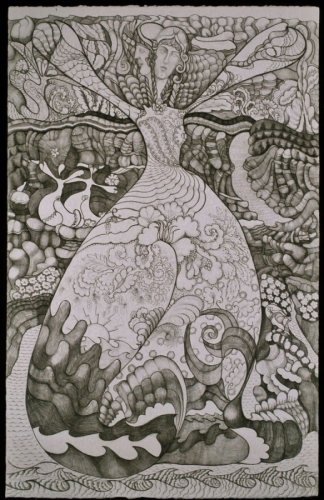
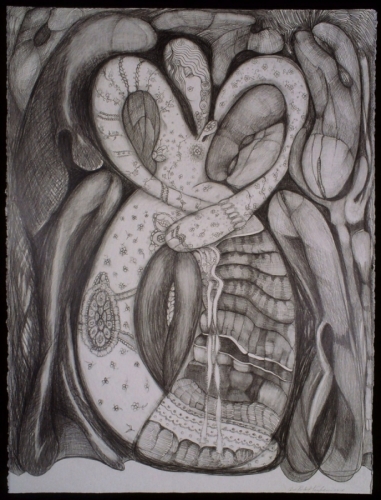
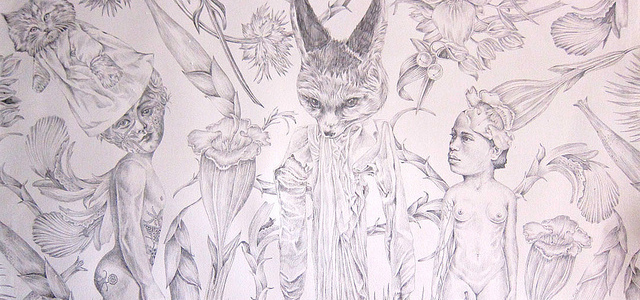
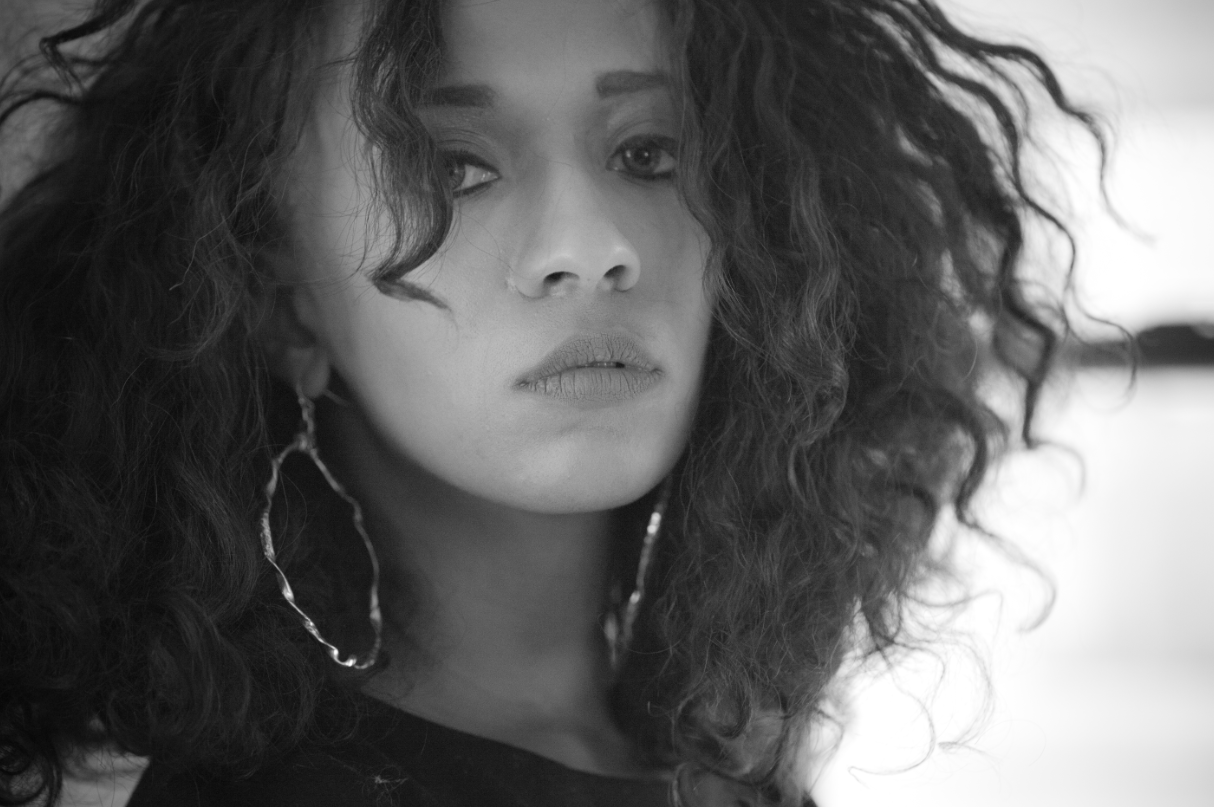 Rachel Eliza Griffiths is a poet and visual artist. Her forthcoming collection, Lighting the Shadow, will be published by Four Way Books in 2015. Currently, Griffiths teaches creative writing at Sarah Lawrence College and lives in Brooklyn. Please visit: www.rachelelizagriffiths.com.
Rachel Eliza Griffiths is a poet and visual artist. Her forthcoming collection, Lighting the Shadow, will be published by Four Way Books in 2015. Currently, Griffiths teaches creative writing at Sarah Lawrence College and lives in Brooklyn. Please visit: www.rachelelizagriffiths.com.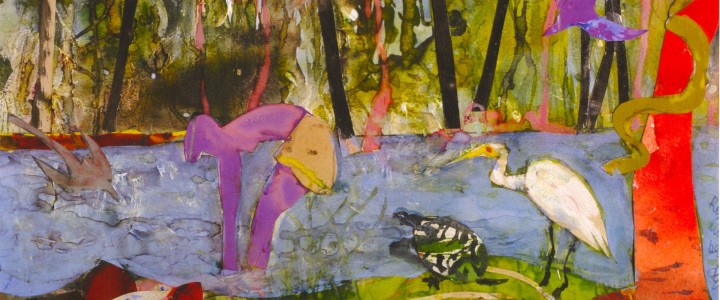
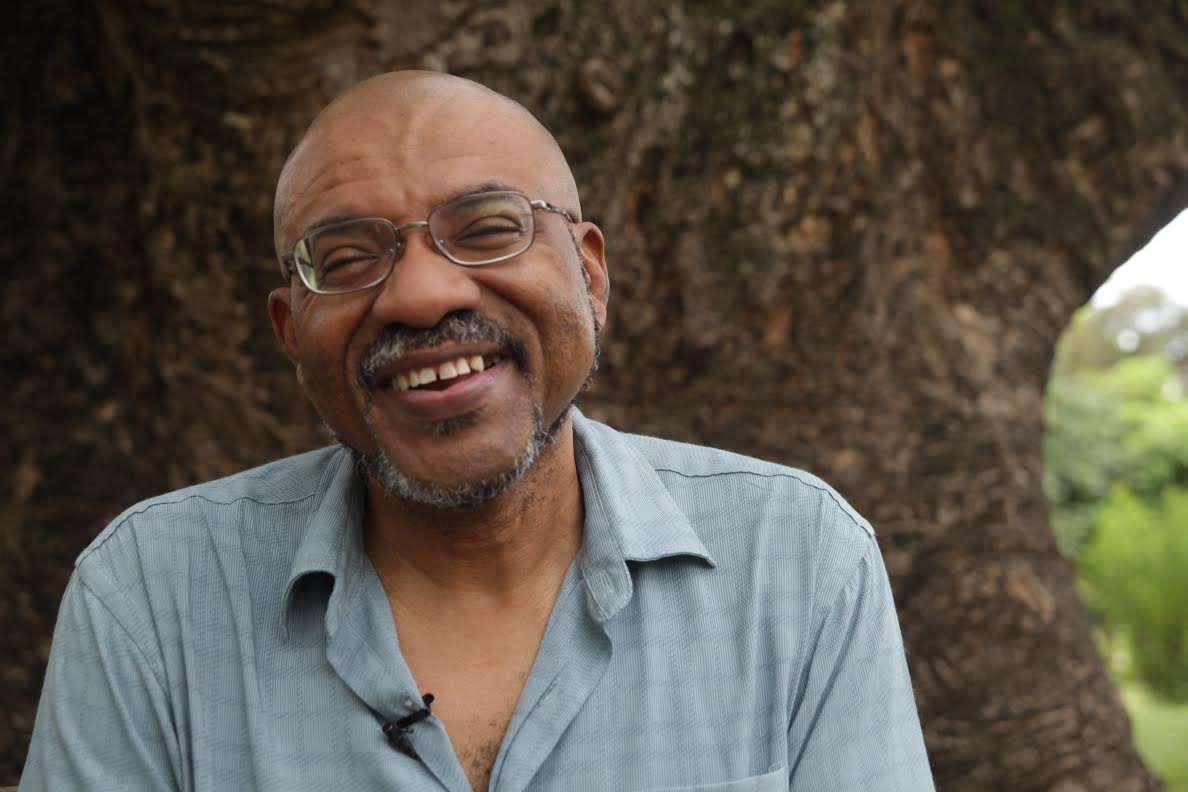 Kwame Dawes is the author of nineteen books of poetry and numerous other books of fiction, criticism, and essays. He has edited more than a dozen anthologies. His latest collection, Duppy Conqueror: New and Selected Poems (Copper Canyon), appeared in 2013. He is Glenna Luschei Editor of Prairie Schooner and teaches at the University of Nebraska and the Pacific MFA Program. He is Director of the African Poetry Book Fund and Artistic Director of
Kwame Dawes is the author of nineteen books of poetry and numerous other books of fiction, criticism, and essays. He has edited more than a dozen anthologies. His latest collection, Duppy Conqueror: New and Selected Poems (Copper Canyon), appeared in 2013. He is Glenna Luschei Editor of Prairie Schooner and teaches at the University of Nebraska and the Pacific MFA Program. He is Director of the African Poetry Book Fund and Artistic Director of
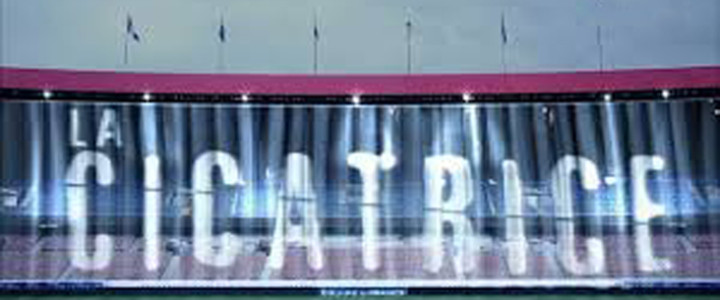
 Chen Chen is the author of the chapbooks, Set the Garden on Fire (Porkbelly Press, 2015) and Kissing the Sphinx (Two of Cups Press, 2016). A Kundiman Fellow, his poems have appeared/are forthcoming in Poetry, Narrative, Drunken Boat, Ostrich Review, The Best American Poetry 2015, among others. He holds an MFA from Syracuse University and is currently a PhD candidate in English & Creative Writing at Texas Tech University. Visit him at chenchenwrites.com.
Chen Chen is the author of the chapbooks, Set the Garden on Fire (Porkbelly Press, 2015) and Kissing the Sphinx (Two of Cups Press, 2016). A Kundiman Fellow, his poems have appeared/are forthcoming in Poetry, Narrative, Drunken Boat, Ostrich Review, The Best American Poetry 2015, among others. He holds an MFA from Syracuse University and is currently a PhD candidate in English & Creative Writing at Texas Tech University. Visit him at chenchenwrites.com.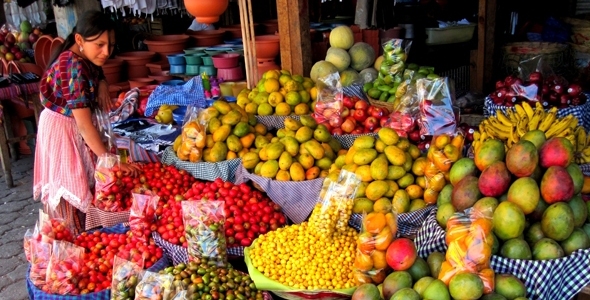
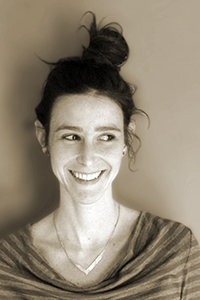 Sarah Trudgeon’s poetry has appeared in the London Review of Books, Iron Horse Literary Review, Sewanee Theological Review, Smartish Pace, and The TLS, and is forthcoming from The Nation. Her reviews have appeared in The Cincinnati Review. She was a finalist for the Poetry Foundation’s 2013 Ruth Lilly and Dorothy Sargent Rosenberg Fellowship. She teaches part-time at the University of Miami.
Sarah Trudgeon’s poetry has appeared in the London Review of Books, Iron Horse Literary Review, Sewanee Theological Review, Smartish Pace, and The TLS, and is forthcoming from The Nation. Her reviews have appeared in The Cincinnati Review. She was a finalist for the Poetry Foundation’s 2013 Ruth Lilly and Dorothy Sargent Rosenberg Fellowship. She teaches part-time at the University of Miami.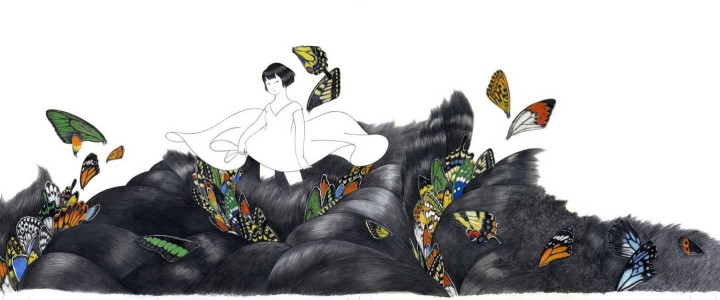
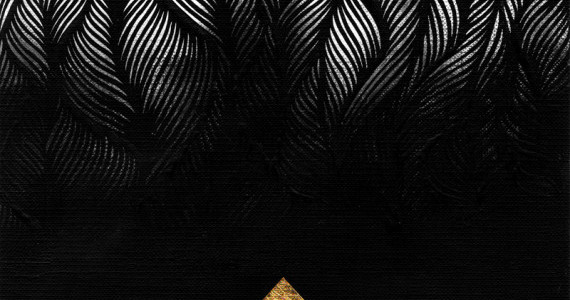
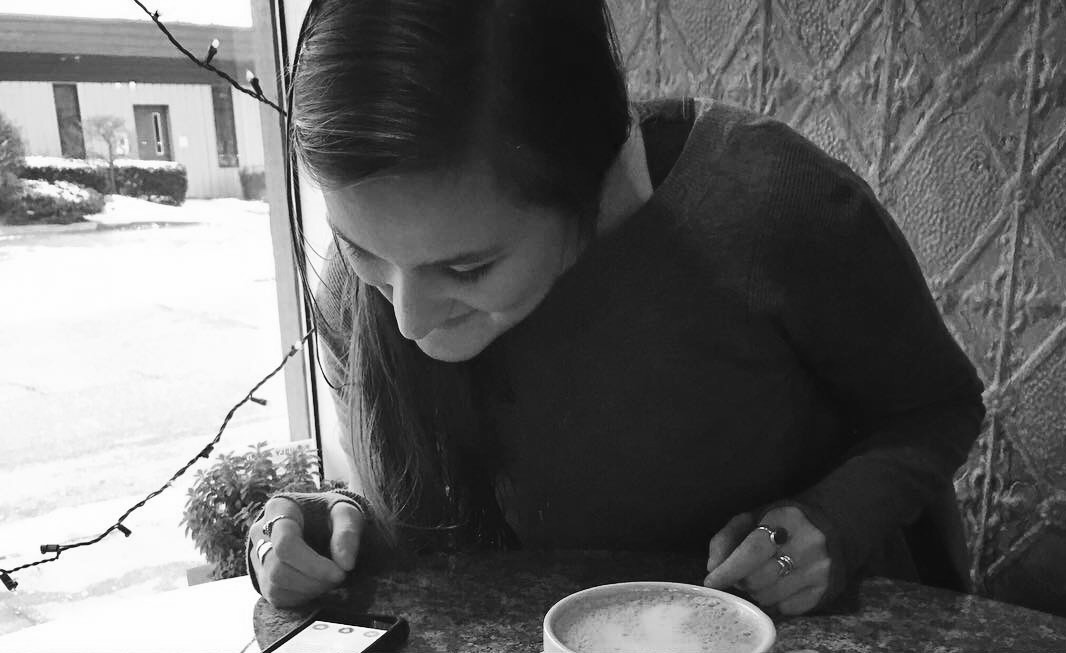 Erika A. Rist is a Chicago transplant looking to thrive without too-deep roots. She is a feminist activist and aspiring attorney with lofty ambitions for herself and for society. Currently, she lives in Roger’s Park with a vindictive cat named Lady.
Erika A. Rist is a Chicago transplant looking to thrive without too-deep roots. She is a feminist activist and aspiring attorney with lofty ambitions for herself and for society. Currently, she lives in Roger’s Park with a vindictive cat named Lady.